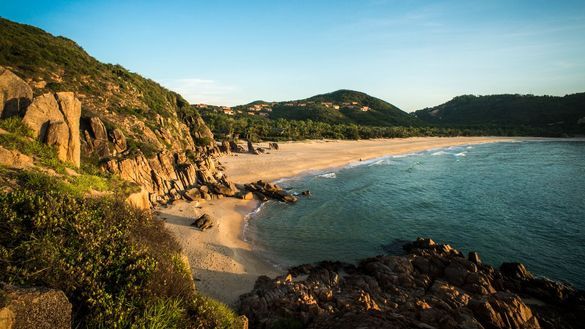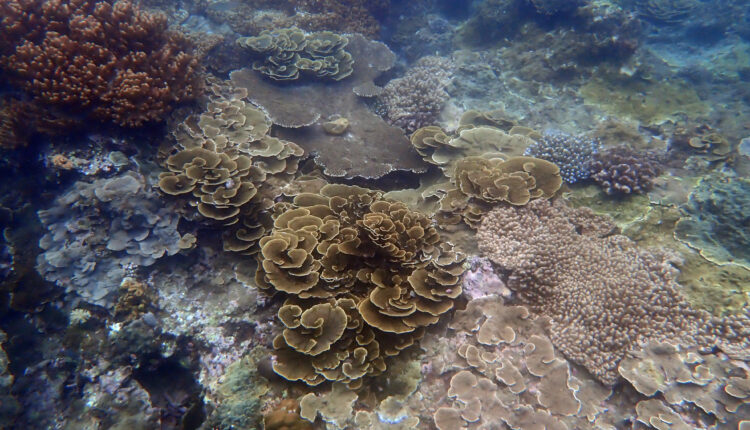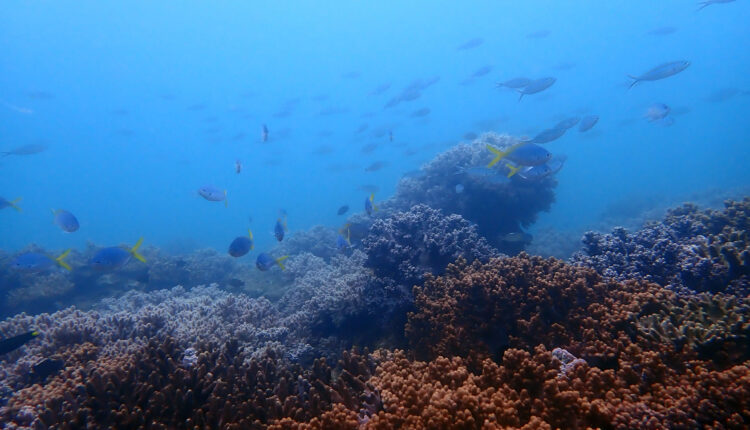
Zannier Bãi San Hô in Phu Yen joined forces with the SASA Marine Animals Rescue Centre to ensure the long-term protection and restoration of coral reefs along Vietnam's central coast.
This collaboration highlights the resort's deep commitment to marine conservation, with a particular focus on preserving the unique coral bay that forms an integral part of its natural environment.
According to Zannier Bãi San Hô general manager Alain Bachmann: “This collaboration underscores our dedication to protecting the extraordinary marine ecosystems that surround us, showcasing the beauty of the reef to our guests and encouraging responsible tourism. At Zannier Bãi San Hô, sustainability is at the core of everything we do, and working with SASA allows us to take significant steps in safeguarding the region's coral reefs.”
SASA founder Chien Le said: "This partnership is a prime example of what can be achieved when we unite for a common goal – to preserve and restore the vital marine ecosystems while enriching guest experience.”
The joint efforts aim to not only protect the reefs but also enhance the snorkelling, underwater photography and freediving experiences that the resort offers, promoting sustainable tourism.

A systematic approach to coral conservation
The pluri-annual collaboration with SASA aims to gather crucial data on coral species, reef structure, and marine life to monitor the ecosystem's health and monitor an actionable restoration plan.
This will involve reef cleaning, removal of invasive species, and replanting healthy reef-builder coral fragments to ensure a balanced and thriving ecosystem. In addition, a promotional video is considered to raise awareness about coral conservation and the importance of reef health.
From fall 2024, Zannier Hotels and SASA will implement both physical and biological methods to manage the crown of thorns starfish (COTS) population, including manual removal by experienced divers and the introduction of natural predators such as giant triton snails and titan triggerfish.
This multi-pronged approach aims to stabilise the coral ecosystem and protect the reef in the long term.

A closer look at the underwater environment
The first step of this collaboration involved conducting a comprehensive analysis of the underwater environment across the three reef areas within the resort's property, spanning approximately 63,000 square metres.
This survey revealed that corals currently cover 60 percent of the reef areas, with 99 percent of these corals being soft corals, and only 1 percent consisting of reef-building corals.
The scarcity of reef-building corals presents a challenge, as their colonies are young, small, and sparsely distributed. And this imbalance limits the reef's ability to regenerate and maintain its biodiversity.
There is hope, however, as more than 40 species of reef-building corals have been identified, along with 20 species of soft corals. These corals play a crucial role in forming the structural foundation of reefs, essential for their long-term resilience and biodiversity.
One of the urgent threats to the reef is the presence of COTS, an invasive species estimated at 100 individuals, that, if not controlled, could destroy the coral population within two years.
The collaboration aims to tackle these challenges with a comprehensive action plan designed to revitalise the bay, allowing guests to fully experience its extraordinary reef features, including reef cliffs, slopes, sea fan gardens, and caves across the three identified reef zones.




















